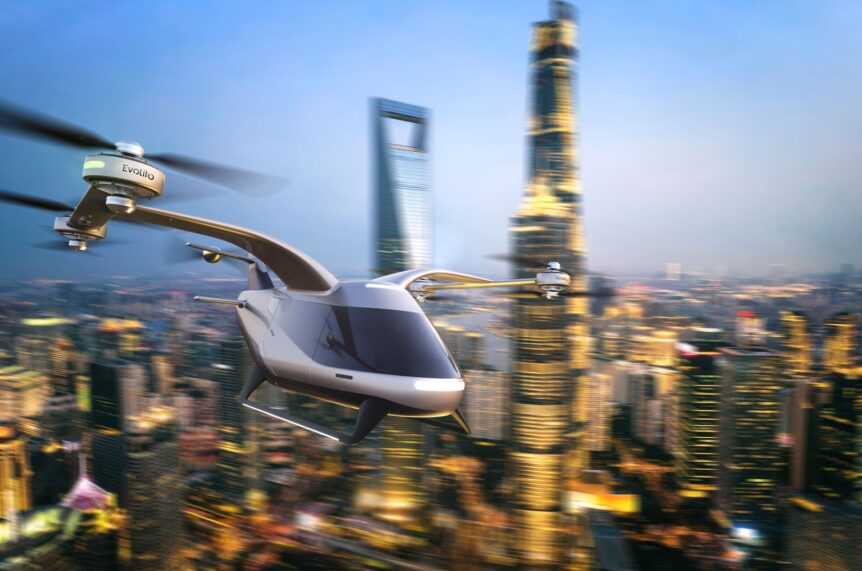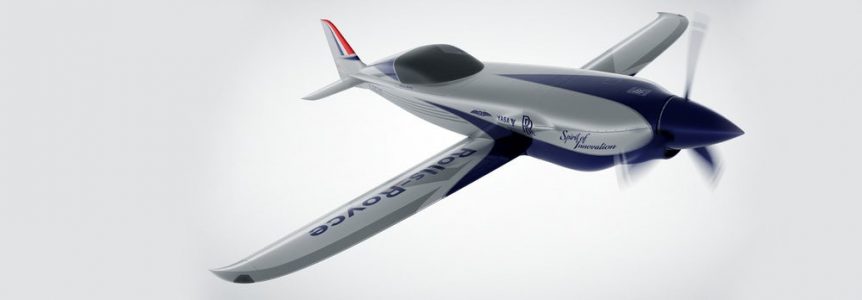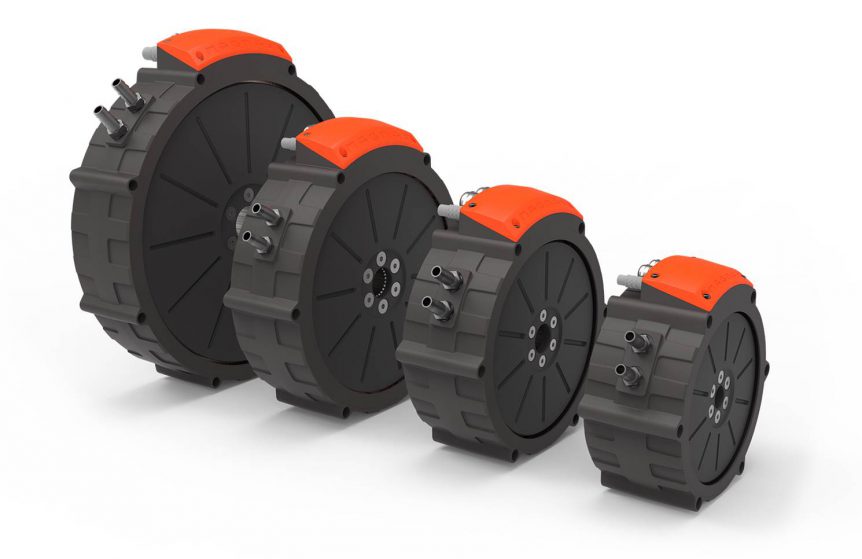A Profusion of Names Evolito is the new name for YASA motors that fly. YASA (Yokeless and Segmented Armature) motors are a product of Oxford University research, and have become a wholly-owned subsidiary of Mercedes-Benz. Mercedes is now creating and marketing a line of electric vehicles using the YASA motors. But what of aeronautical applications? With that in mind, Mercedes spun out Evolito, taking YASA skyward with “high-power density, light-weight electric motors and controllers for aerospace applications.” Evolito’s Managing Director, Gareth Morris, explains, “We’re building the future of electric flight with motors that have the highest power and torque densities in class with the ability to manufacture at scale, whilst achieving efficiencies of over 98%.” Although their web site claims the YASA configuration is a “revolutionary new approach” to motor design, it’s a careful revamping of the axial flux technology invented almost 40 years ago by Cedric Lynch, a self-taught English inventor. Evolito’s axial-flux motors contain significant improvements. Two motors …
Rolls-Royce ACCEL Program Goes For the Gold
Rolls-Royce’s ACCEL program and a consortium of partners want to create the world’s fastest electric airplane. The concept has a recent series of predecessors, and a fascinating tie to an American speed champion. About five years ago, something called the TEACO (The Electric Aircraft Company) Bat, a formula 1-type raceplane powered by an electric motor, generated a great deal of interest. It initially housed a single 80-horsepower electric motor, but once affiliated with Williams Engineering; the project added a twin-motor unit on a set of sleeved parallel shafts swinging contra-rotating propellers. Now, a partnership led by Rolls-Royce seems to have added a third motor, with all three singing in unison to drive a three-bladed propeller. The airframe is new, too, comprising a shape that looks a great deal like the U. S racing champion, Nemesis NXT. Powered by a Lycoming IO-540 engine that airplane set a world speed record of 397.40 mph at the Moriarty Airport in Moriarty, New Mexico …
Magnax Motor Claim Impressive Power-to-Weight Ratios
Echoing, in this editor’s mind, the collaboration between Oxford University and YASA motors, a recently announced motor from Belgium’s Ghent University and Magnax, makers of what they term an “axial flux machine.” Similar to YASA’s products, the motors are yokeless, which the makers claim promotes lower weight and the shortest possible flux path. Beyond this feature, the motor/generators offer “A patented system for cooling the windings, for the lowest possible stator temperatures.” According to Magnax, their Dual permanent magnet rotors give “the highest possible torque-to-weight ratio.” Rectangular section copper wire fills more area than round wire and concentrated windings allow “the lowest possible copper losses (no coil overhangs).” Grain-oriented electric steel lowers “core losses by as much as 85-percent.” The company’s white paper gives graphic and written explanations as to why these factors enable the Magnax motors to achieve 96-percent efficiency. While the company compares their motors to large, stationary industrial motors which apply radial flux to their operation, it might be …
eSpirit of St. Louis Runs at Oshkosh
One of the biggest thrills this year at Oshkosh was getting to see Eagle Flight Research Center’s DA-36 run its YASA electric motor. Eagle Flight, an outgrowth of Erik Lindbergh’s Powering Imagination program he’s been pursuing for the last several years, aims to create quiet electric aircraft that will carry sight-seers over National Parks and Monuments. Such flights would not disturb people or wildlife below, and would give a Gabriel’s eye view of the most pristine places in our country. International Approval His ideas have met with international support. As noted on the YouTube video of their meeting, “… Flavia Schlegel (Assistant Director-General (ADG) for the Natural Sciences) at UNESCO in Paris… gave an enthusiastic endorsement of our eSpirit of St. Louis electric aircraft development program!” Your editor became aware of the project when he spoke at the Powering Imagination Symposium at Seattle’s Museum of Flight in 2015. Erik told of his work with students at Embry Riddle Aeronautic University …
Solid State H2 Storage on Mini-UAV
A handful of little white pellets holds enough hydrogen to fill a good-sized balloon. At least, that’s the claim of executives at Cella Energy, a spinoff of Oxford University researchers. The blog has covered their work twice, once with their claim that their hydrogen pellets could replace gasoline for the equivalent of $1.50 a gallon, and once for showing a method for pumping fresh pellets into a fuel tank after extracting the spent pellets. Their latest project, partnering with L2 Aerospace, converts a small unpiloted aerial vehicle (UAV) to run on hydrogen powering a fuel cell. The partners have been flying the UAV since January, 2014 and are now showing it at different expos in America and Europe. The power supply, according to the partners, is quiet, emission-free, lightweight, and can be shaped to fit any application. In the current instance, the “tank” has a wing shape. The pellets have a shelf life of years. The prototype Cella Energy cartridge …
163 Horsepower from 25 Pounds
ThinGap, LLC is well known for small motors with excellent performance characteristics, eliminating the use of iron and its resultant “lossiness” and depending instead on copper foil, rather than wire windings for its internally clean structure. The design leads to a lack of “cogging,” that notched feeling found when turning over some motors by hand. Each individual magnet causes the rotor to stop, or “cog,” sometimes making low-speed operation a bit hesitant and smooth transitions difficult. That, the unique ring design and an aluminum housing help carry heat away and allow for an internal controller. ThinGap have focused on smaller unmanned aerial vehicle applications for many years, but have moved into larger automotive and aircraft products, with one model in particular capturing our attention. The non-production 14090 ring motor is 14 inches in diameter, weighs 25.6 pounds and can deliver 122 kilowatts (163 horsepower) – about 6.4 horsepower per pound and close to the Halbach array motors of Geoff Long …




